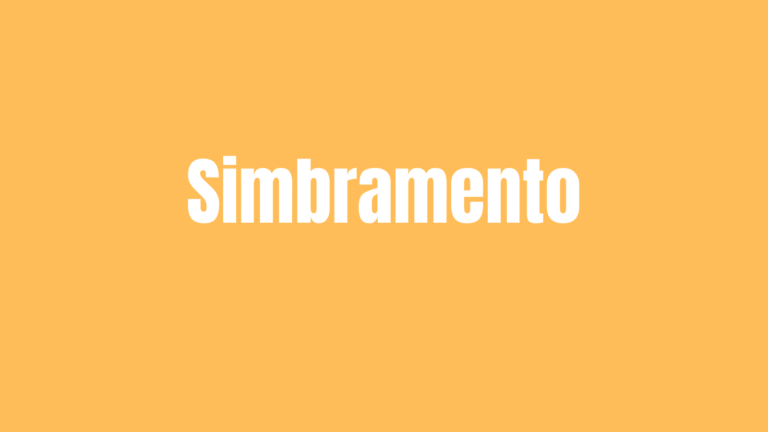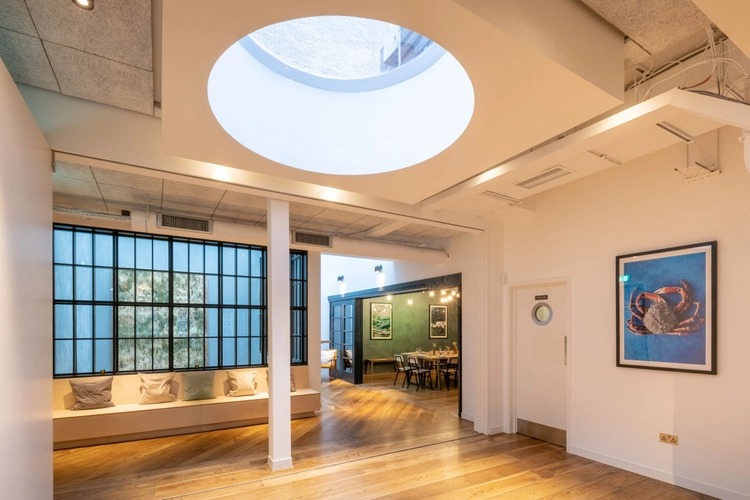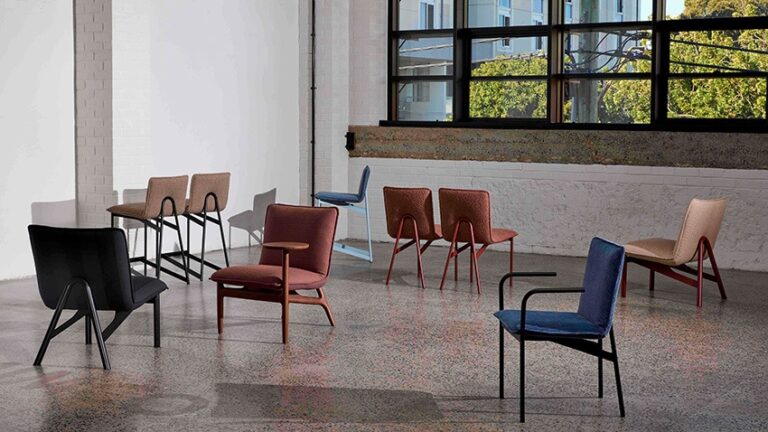Scaling a Visual Language Without Losing the Plot
What Ouch Is and Why It Matters
Ouch is a curated library of vector and raster illustrations built for product UIs, websites, and brand content. Assets come primarily as SVG and PNG, so they scale cleanly on high DPI displays and can be recolored to match brand palettes without quality loss. Unlike generic stock art, Ouch organizes work into coherent systems of characters, scenes, and objects, which lets teams apply one visual voice across marketing sites, onboarding, and in‑product states.
The approach aligns with guidance from credible standards. Google Material Design prioritizes purposeful imagery over ornament. Apple’s Human Interface Guidelines emphasize clarity and consistency. W3C’s SVG and accessibility docs explain how vector images can remain accessible to assistive tech. Ouch supports that reality through high quality vectors, clear stylistic rules, and licensing that fits commercial use.
Content Depth, Styles, and Thematic Coverage
The catalog covers flat vector, isometric, duotone, gradient mesh, 3D renders, and hand drawn looks. Packs target real product domains like fintech, e‑commerce, healthcare, education, SaaS dashboards, remote work, and social content. Inside a pack, character proportions, line weight, palettes, and perspective rules are consistent, so a homepage hero, an empty state, and a help article header feel like one brand rather than a grab bag.
That consistency fixes a common problem: visual accent drift when teams pull one offs from many marketplaces. SVG sources give control over size, stroke, and color, which makes dark mode and high contrast themes practical without redrawing. Packs span simple spots to full scenes with background depth, so you can match assets to jobs from small UI states to complex explainers. For performance minded teams, well optimized SVGs are often smaller than multi resolution PNGs and remain crisp on 2x and 3x screens. When raster is a better fit for email or legacy CMS pipelines, high resolution PNGs are available.
Quality, Editorial Standards, and Consistency Controls
Icons8 commissions illustrators and enforces style guides across packs. That reduces mismatched anatomy, uneven line weight, and palette clashes. In day to day work, this saves teams from re authoring strokes, chasing hex values, or re exporting variants. Pack palettes are intentionally limited and compatible, which pairs well with WCAG AA or AAA contrast constraints in enterprise UI. Because vectors are editable, teams can raise contrast or bulk up strokes for readability without commissioning new art.
Licensing and Compliance for Commercial Work
Ouch uses a clear model: the free tier requires attribution, paid plans remove attribution and expand rights for commercial product, marketing, and distribution. You cannot resell assets as a library or redistribute them as is. The free path is fine for prototypes, personal sites, early startup pages, and courseware when budgets are tight. Paid licensing suits enterprise product use where attribution is not feasible and legal wants clean commercial coverage. Source SVG downloads support long term maintainability and let teams archive assets with source code to satisfy versioning and compliance policies. Compared with mixed community licenses, a single vendor agreement shortens procurement review.
Workflow Integration Without Friction
Illustrations are only valuable when they do not slow the pipeline. Ouch ships clean SVGs that drop into Figma, Sketch, Illustrator, and common codebases. Designers import SVGs, hook fills and strokes to tokens, and export production assets with predictable edges and color. Developers can inline SVG, set CSS variables for theming, and wrap assets as React or Vue components that accept color and aria props. Windows first teams can work directly in Icons8 Lunacy with built in access to the catalog.
You get one access point for search and filtering at illustration. Filter by style, palette mood, topic, or composition complexity and pick assets that fit your brand system.
Accessibility and Performance Considerations
- Provide concise alt text when an illustration conveys meaning and empty alt when it is decorative.
- Prefer inline SVG for meaningful art so you can set role, title, and desc and expose aria attributes.
- Optimize SVGs with a tool like SVGO, then serve with gzip or Brotli and lazy load below the fold.
- Set width and height or a CSS aspect ratio to avoid layout shift and consider reducing stroke complexity for low vision themes.
Because vectors are editable, you can thicken strokes, simplify fine detail, and swap palettes for high contrast modes without changing the underlying composition. In practice, a medium complexity hero as optimized SVG often lands in the 30 to 80 KB gzip range, while an equivalent multi resolution PNG can be several hundred KB.
Practical Use Cases For Different Teams
Web Designers and UI/UX Specialists
Product teams build repeatable patterns from wireframe to handoff. With Ouch, empty states, onboarding, and error screens share the same character proportions and palette, which improves comprehension across the journey. Tying fills and strokes to tokens like brand.primary.500 makes theme updates automatic in both Figma and code.
Marketers and SMM Managers
Campaigns need coherence across landing pages, newsletters, paid ads, and social posts. One pack can drive a homepage hero, blog headers, and social crops without the stock collage look. Teams keep square, story, and landscape variants in a shared library and export SVG to PNG for platforms that compress aggressively while preserving edges and saturation.
Developers
Frontend engineers want predictable assets. Ouch SVGs are component friendly and the uniform path structure makes CSS targeting safe. Wrapping illustrations as components that accept theme props and aria labels eliminates one off color tweaks late in a release. Inline SVG also removes a class of pixelation bugs on high density screens.
Educational Institutions and Educators
Instructional designers benefit from metaphors that stay consistent across modules. A mathematics course can carry the same character set and object style from PDF syllabus to LMS dashboard to slides. Vector sources render cleanly on projectors and in recorded lectures, which cuts moire and aliasing artifacts in video.
Startups and Small Businesses
Teams get brandable visuals without the delay of custom commissions. Start with a pack that matches tone, apply brand colors, and ship. As needs grow, a paid license and a chosen house style scale to docs, investor decks, and app stores. You keep continuity through pivots without rework.
Strengths That Stand Out
Three traits show up in practice: packs behave like mini design systems rather than one offs, which saves reconciliation time; vector fidelity and editability make accessibility fixes and theme adoption straightforward; licensing is simple, free with attribution for prototypes and paid without attribution for commercial use, which legal can review quickly.
Limitations and Trade‑Offs
Ouch will not match every brand voice. Highly idiosyncratic styles still call for a dedicated illustrator. Popular packs appear widely, so plan for recoloring, minor path edits, or pairing with bespoke elements when differentiation is critical. The free tier’s attribution can be awkward in product UIs, which pushes most SaaS teams to a paid plan. SVG editing needs basic vector literacy and a token strategy or teams can still drift off brand.
Comparison With Notable Alternatives
unDraw is free with an MIT‑like license and supports a single accent auto color, great for rapid prototypes, but the single style can feel limiting for brands that need variety or 3D. Ouch offers broader styles and deeper topic coverage. Humaaans by Pablo Stanley via Blush excels at modular characters in a distinct flat style and shines for onboarding and social scenes. Ouch counters with a wide set of prebuilt scenes across many styles. Storyset by Freepik is large and somewhat customizable, but licensing depends on subscription tier and attribution. Ouch generally provides tighter editorial consistency and keeps commercial rights simple under one roof. Curated marketplaces can deliver unique one offs, though quality and compatibility vary. Ouch’s advantage is predictable cohesion with ongoing updates.
If you need a very specific brand voice, hire an illustrator. For most product, marketing, and education needs, Ouch hits the efficiency and quality sweet spot.
Implementation Guidance and Governance
- Approve a small set of packs that match brand tone and document where each is used across product, marketing, and docs.
- Map colors to tokens and replace raw fills in master SVGs with token references, then store tokenized sources in your repo.
- Wrap illustrations as framework components with theme and aria props and create Figma components with light and dark variants.
- Version assets, keep a simple changelog, and record license status when moving teams from free with attribution to paid.
This mirrors Material Design’s system mindset, Apple HIG’s clarity and consistency, and W3C guidance for accessible images and SVGs.
Cost, Procurement, and Risk Management
Budget holders care what this replaces and which risks it adds. Ouch replaces routine one off illustration commissions and the time spent reconciling mismatched stock. Paid licensing consolidates rights with one vendor, which simplifies legal review and renewals compared with juggling multiple marketplaces. Remaining risks are manageable through curation and light customization to avoid sameness.
When Ouch Is the Optimal Choice
Choose Ouch when a product team wants to standardize empty states, onboarding, and feature pages without hiring a full time illustrator. When marketing needs a cohesive campaign look that travels across channels and formats; when developers want predictable SVGs that fit tokens, theming, and accessibility; when educators need consistent metaphors across syllabi, LMS modules, and slides; and when startups want professional visuals now with a path to evolve into custom work later.






